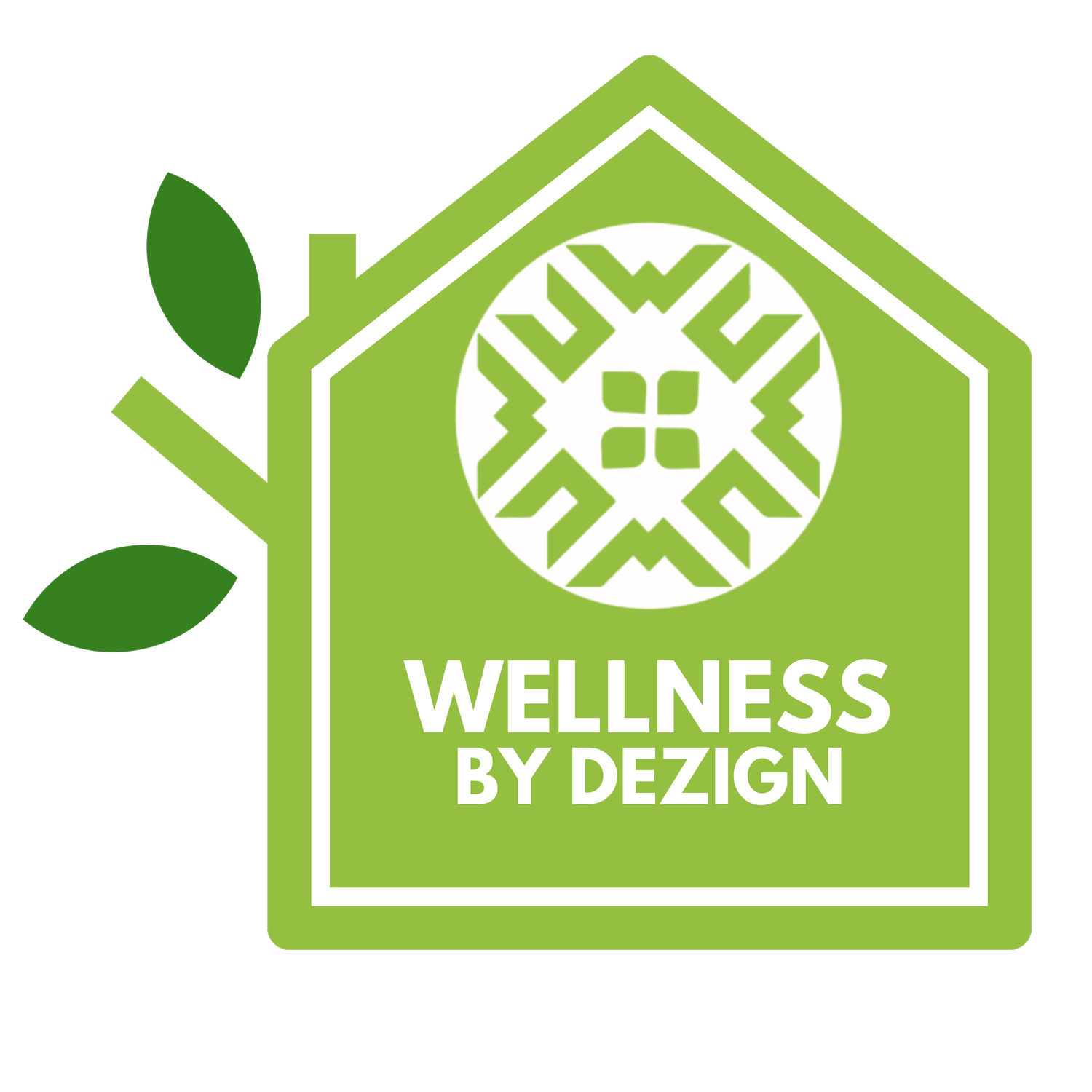Create a Bee-utiful Backyard and Help the Bees
In the spring & summer months we can not only entertain our human guests but we can welcome and aid pollinators of all kinds in our backyards. One of the most important pollinators is the bee. Bees are extremely important because they help pollinate over a third of the worlds food. Without bees, we would not have coffee, almonds, cucumbers and apples to name just a few! There are over 25,000 different species of bees, and many are threatened or their numbers are in serious decline. Solitary bees (such as Mason, Carpenter and Leaf-cutter) are friendly, non-aggressive, non-colonizing bees and are more efficient pollinators per capita than the Honey or Bumble bee. One of the largest threats to bees is a lack of safe habitat where they can build homes and find a variety of nutritious food sources. Climate change, pesticides, invasive plants, and diseases & parasites are all contributing to a serious decline in bee population. But humans can help reverse this trend! Here’s how you can help:
1. Plant a Garden
By planting a small garden, you can create a habitat with plants that are rich in pollen and nectar. You don’t need a ton of space to grow bee-friendly plants — gardens can be established across yards and in window boxes, flower pots, and planters. Try to grow plants that are native to your location, if possible. A healthy garden, with plenty of native species of plants and flowers, has “constant movement” of insects, especially bees, says Kristi Marshall, owner of Herb in Fusion near Cape Cod. Kristi has her own honeybee hive and takes pride in creating stand-out flavor combinations with her Sprig line of herb teas, seasonings, and jellies. She grows and preserves many of her own ingredients in her own back yard, supports farms on the South Coast of Massachusetts, and is dedicated to enriching local food systems. Her suggestion to everyone is to get involved with local organizations and governments to find opportunities to enrich public and shared spaces by creating a “bee corridor” within your community.
2. Go Organic
Synthetic pesticides, fertilizers, herbicides, and neonicotinoids are harmful to bees, wreaking havoc on their sensitive systems. Avoid treating your lawn, garden and green spaces with synthetics. Instead, use organic products and natural solutions such compost to aid soil health and adding beneficial insects that keep pests away like ladybugs and praying mantises. Learn more about the dangers and effects of insecticides, pesticides and all chemicals on the bee population at the University of Georgia’s website.
3. Plant a Tree
Did you know that bees get most of their nectar from trees? When a tree blooms, it provides thousands of blossoms to feed from. Trees are not only a great food source for bees, but also an essential habitat. Tree leaves and resin provide nesting material for bees, while natural wood cavities make excellent shelters. With deforestation and development on the rise, you can help bolster bee habitats by caring for trees and supporting tree-planting in your community.
4. Feature a Bee-Bath
Bee’s need water just like we do. They work up quite a thirst foraging and collecting nectar. Fill a shallow bird bath or bowl with clean water, and arrange pebbles and stones inside so that they break the water’s surface. Bees will land on the stones and pebbles to take a long, refreshing drink. Make sure you clean the bath and provide fresh daily water.
5. Provide a Homes for Native Bees
Did you know that, with the exception of honeybees and bumblebees, most bees are solitary creatures? 70% of solitary bees live underground, while 30% live in holes inside of trees or hollow stems. Species like bumble bees build their nests in undisturbed land, and you can provide safe haven for them by leaving an untouched plot of land for them in your garden. “Bee condos or hotels” — which have small tube “apartments” — allow species like mason bees to take up residence. They’re easy to make or purchase on the internet.
6. Build a Bee-utiful Condo
It is relatively easy to build a place for a solitary bee to live. Take a 4x6 or 6x6 untreated dried pine or cedar post and drill various size (1/4 in to 3/8 in) holes approximately 6” deep. There are many videos online that explain how. You can also use hollow bamboo shoots, paper straws, etc.
7. Promote Ecological Stewardship
Interested in bee kits, nesting materials or learning more about owning leaf-cutter or mason bees? Check out and purchase Mason Bees for Sale and learn more about how easy it is to manage and benefit from mason bees on your property.
Best Bee’s is a nation-wide professional bee-keeping service for corporate and residential properties. They will install a hive, maintain it, harvest the honey and even analyze your bee’s honey DNA to see where they forage. Check out their website HERE to learn more and to see if they service near you.
The Bee Conservancy, formerly The Honeybee Conservancy, is a nonprofit organization established in 2009 in response to the bee crisis. Donate HERE to help save the bees and be the bee’s knee’s!
Check out this fascinating video on the Honey Bee’s Waggle Dance and what it means.








